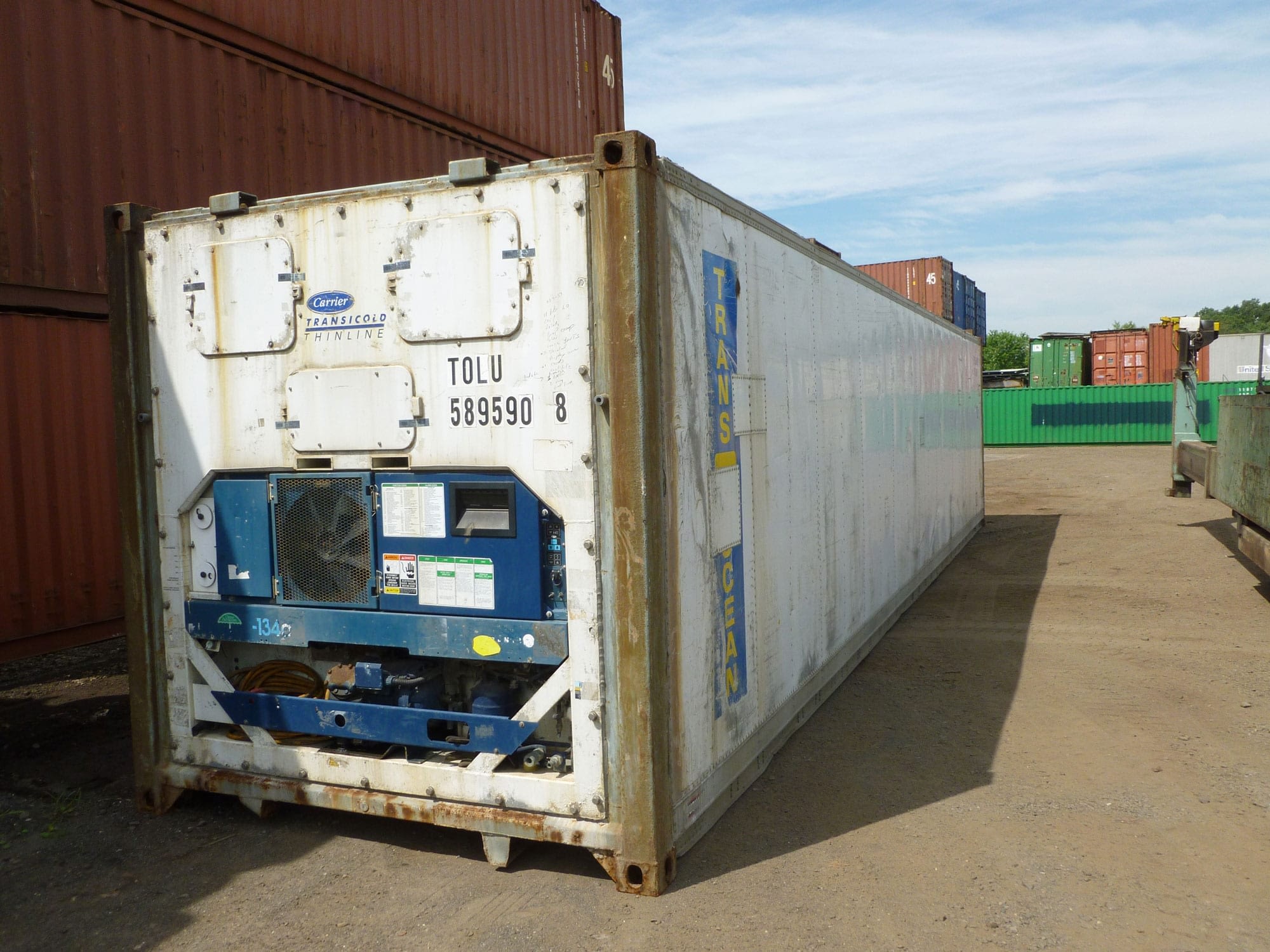Food items security is a paramount concern in the world source chain, and the transportation of perishable products presents one of a kind worries. Making sure that foodstuff merchandise retain their high quality and basic safety all through transit is important for both of those buyer health and fitness and the popularity of food stuff producers and distributors. Refrigerated refrigeration shipping container , usually known as reefers, perform a pivotal job in this procedure. In this article, we will explore how refrigerated containers make sure food safety all through transit and the steps taken to preserve the integrity of perishable cargo.
Temperature Regulate:
The principal function of refrigerated containers is to control and retain specific temperature configurations. This handle is essential for stopping the advancement of unsafe microorganisms and the spoilage of foods items. For occasion, dairy items, meats, and seafood call for different temperature ranges, and reefers can be altered accordingly to accommodate these versions.
Consistency in Temperature and Humidity:
Refrigerated containers excel in offering consistent temperature and humidity concentrations all over the journey. This uniformity can help reduce temperature fluctuations that can guide to condensation, which, in switch, can endorse the progress of germs and mildew. Sustaining optimal humidity amounts also stops foodstuff objects from drying out or getting extremely moist.
Checking Units:
Fashionable refrigerated containers are outfitted with state-of-the-art checking programs that allow for for real-time tracking of temperature and humidity. Shippers and logistics groups can remotely keep an eye on these disorders to make sure they continue to be inside of the specified parameters. If any deviations take place, alerts are generated, enabling rapid corrective motion.
Ventilation and Airflow:
Refrigerated containers are made with ventilation devices to make sure even distribution of cold air. This helps prevent temperature stratification within the container, making certain that all foodstuff goods are uniformly chilled. Appropriate airflow also aids in preventing the buildup of odors and retaining merchandise quality.
Safety In opposition to Exterior Variables:
Refrigerated containers are designed to endure external variables that could compromise foodstuff basic safety. This consists of sturdy insulation to protect against temperature fluctuations prompted by external weather conditions ailments and successful sealing to avert the ingress of contaminants.
Compliance with Food items Safety Laws:
Refrigerated containers adhere to rigid intercontinental regulations governing meals basic safety through transportation. Compliance ensures that meals solutions meet top quality and security expectations, creating it a lot easier to move by customs and regulatory checkpoints.
Lessened Meals Squander:
By preserving ideal storage situations, refrigerated containers drastically minimize foodstuff squander. Food items items get there at their desired destination in the exact affliction as when they were loaded, minimizing the danger of spoilage and making sure that far more of the world’s foods provide reaches consumers.
Conclusion:
Refrigerated containers are the spine of the chilly supply chain, actively playing a critical function in safeguarding the high quality and security of perishable foods solutions for the duration of transit. Their precise temperature regulate, humidity management, monitoring units, and compliance with food safety laws make them indispensable resources for the foods marketplace. As international demand from customers for clean and frozen foods continues to rise, the reliance on refrigerated containers as a implies of making certain foods safety is only expected to grow. Their continued innovation and integration into supply chain logistics will further boost the dependability and stability of the food items we consume.
